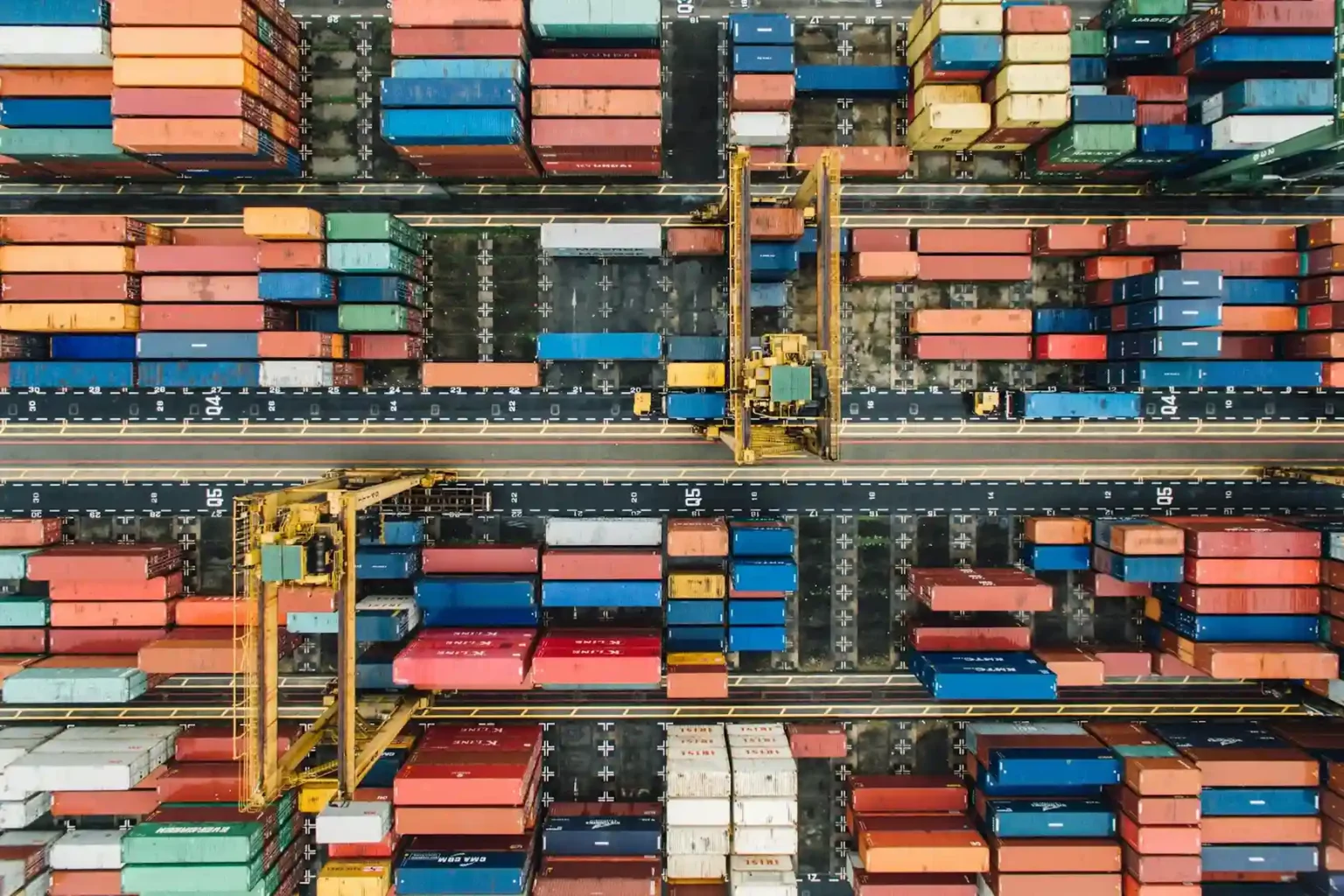As the world observed International Women’s Day 2023, it was an opportune moment to reflect on the persistent gender gap within the logistics and supply chain industries.
The sector plays a crucial role in the global economy and is responsible for efficiently moving goods and services across international borders, facilitating global trade and economic growth.
Despite this crucial role, this industry continues to grapple with a significant gender imbalance, with women remaining underrepresented at all levels.
According to a 2021 report by Gartner, women make up only 41% of the supply chain workforce, a figure that has remained stagnant for several years.
Even more concerning, only 2% of the 125 million people employed in logistics and supply chains globally are female, highlighting the stark gender disparity in this vital economic sector.
This glaring gender gap starkly contrasts with other sectors, such as healthcare and education, where women have achieved greater parity and even outnumber men in some cases.
Trapped in Traditional Roles & Gender Bias
The logistics industry’s persistent gender gap is a cause for concern. It deprives businesses of valuable talent, diverse perspectives, and innovative solutions that a more gender-balanced workforce could provide.
Logistics and supply chain women play various roles, yet their contributions are often overlooked or undervalued.
From warehouse managers and transportation coordinators to procurement specialists and supply chain analysts, they bring diverse perspectives, problem-solving abilities, and innovative solutions, fostering agility and resilience in times of disruption or growth.
However, their representation in leadership roles could be much higher, with women accounting for only 15% of executive-level positions in the industry.
Currently, women in the logistics field tend to be concentrated in office-based roles during regular business hours, often in areas like human resources, management, or sales.
However, women frequently excel at specific skills and traits, such as conflict resolution, adaptability, responsiveness, decision-making abilities, and goal achievement.
Yet, these valuable attributes are often underutilised or overlooked due to the industry’s entrenched gender biases and lack of diversity initiatives.
Historically, the transportation and logistics sectors have been perceived as physically gruelling and male-dominated, perpetuating the notion that these fields are not suitable or attractive for women.
This misconception stems from the industry’s legacy of manual labour and heavy lifting, which prevents many women from considering careers in this field.
Furthermore, this perception is often reinforced by the lack of visibility of successful women in the industry, which can deter potential female entrants and strengthen the belief that logistics is a “man’s world.”
Another significant challenge is the fear of discrimination, harassment, or bias that some women may encounter in logistics and supply chain workplaces. Some women, for instance, feel intimidated or unwelcome in a male-dominated environment, where they may face stereotypes, prejudices, or inappropriate behaviours from their male colleagues or superiors.
Additionally, some women need help to balance their work and personal lives, especially if they have family or caregiving responsibilities, due to the industry’s demanding schedules and lack of flexible work arrangements.
Importance of a Diverse Workforce & Competitive Edge
The need for more awareness and visibility of the logistics and supply chain fields among women, especially young women considering their career options, significantly affects their representation in the sector.
Some women often need to be made aware of the opportunities and benefits of working in the industry, such as the variety of roles, the global exposure, the social impact, and the potential for advancement.
Moreover, many women in the industry earn less than their male counterparts for performing the same or equivalent roles, perpetuating the gender pay gap.
With many employers not prioritising workplace diversity and inclusion initiatives, it remains challenging for women to be attracted and retained in the logistics and supply chain industries.
However, the accelerating digital transformation is rapidly reshaping this landscape, presenting new opportunities for gender inclusivity.
Physical strength is becoming less of a prerequisite for entry into industrial fields. Many tasks that once required intense manual labour are now being automated through robotic systems, artificial intelligence, and advanced technologies.
These technological advancements are opening up new avenues for women to pursue their career goals and contribute to the workforce in the logistics and supply chain fields without facing the physical barriers that historically deterred their participation.
As more companies become digitally inclined and adopt cutting-edge technologies, they become increasingly aware of the importance of a diverse workforce that attracts and retains female employees.
This includes creating gender-neutral job descriptions, offering equal pay and benefits, and providing training and development opportunities to women, which is an excellent strategy for maintaining a competitive edge in the years ahead by leveraging the full potential of their human capital.
However, sustaining this momentum and closing the gender gap requires concerted efforts from industry stakeholders, policymakers, and educational institutions. Providing mentorship programs, fostering inclusive workplace cultures, and offering flexible work arrangements can attract and retain talented women in logistics.
Challenging gender stereotypes and promoting STEM (Science, Technology, Engineering, and Mathematics) education for girls early on can go a long way toward cultivating a pipeline of future female leaders in the logistics sector who can drive innovation and growth.
Governments and educational institutions are crucial in addressing this gender gap. Implementing policies encouraging women’s participation in traditionally male-dominated fields, such as logistics and supply chain, and offering specialised training programs can empower and equip women with the necessary skills and knowledge to pursue rewarding careers in this industry.
Educational campaigns and outreach efforts can also raise awareness of the diverse career opportunities available in the logistics sector and dispel outdated perceptions that may deter women from considering these fields.
The benefits of achieving gender parity in the logistics sector extend beyond social equity.
Research has consistently shown that diverse teams outperform homogeneous groups in problem-solving, creativity, and decision-making.
By embracing gender diversity, logistics and supply chain companies can unlock a wealth of fresh perspectives, innovative ideas, and unique skills, ultimately enhancing their competitiveness in an increasingly globalised marketplace.
Overview of Kenya’s Logistic Industry Challenges and Opportunities




